Google Pixel 8 vs Google Pixel 7: the key differences
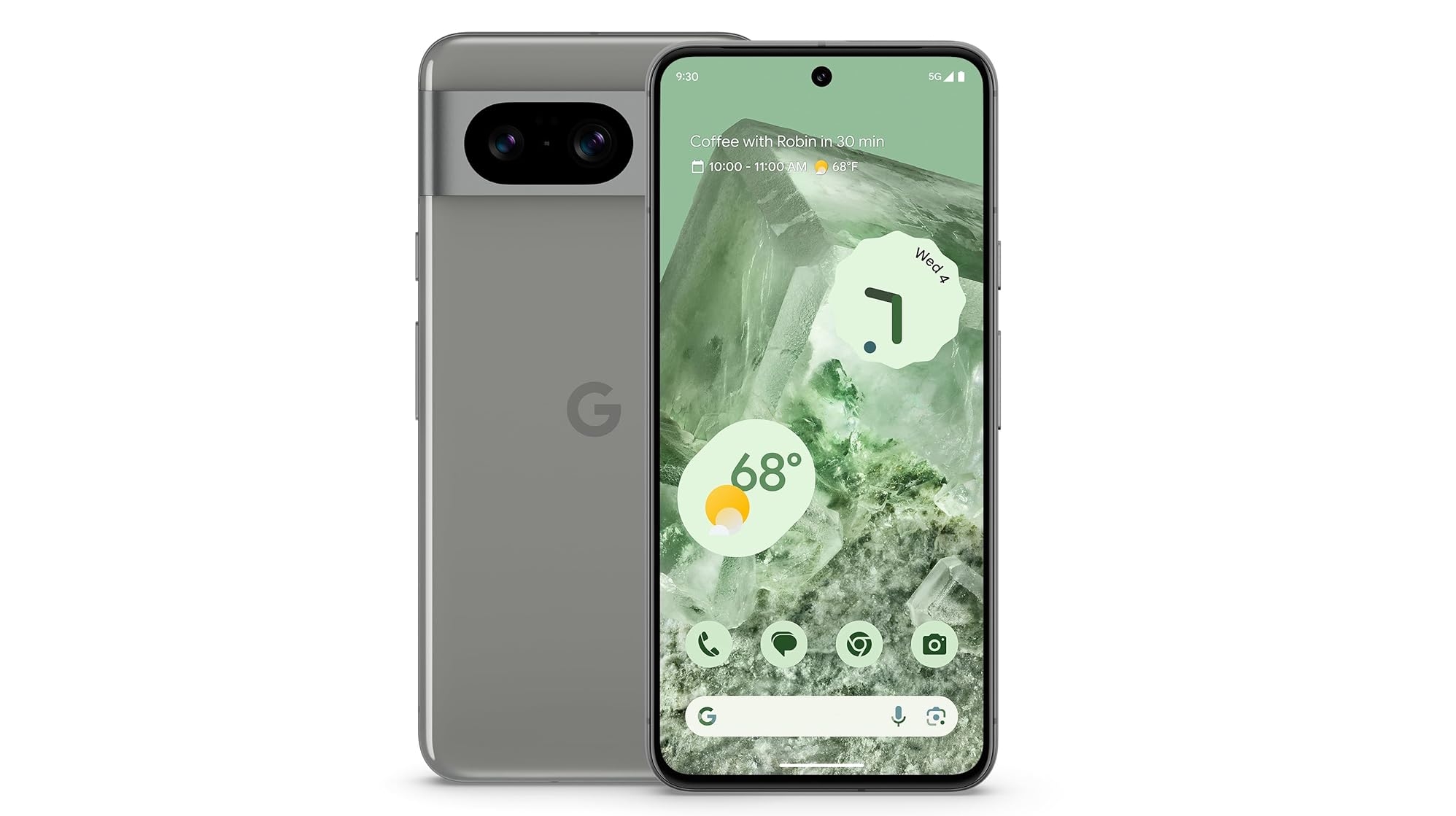
Weight: 187g
Dimensions: 150.5 x 70.8 x 8.9mm
Screen size: 6.2-inch
Resolution: 1080 x 2400
Chipset: Google Tensor G3
RAM: 8GB
Storage: 128GB/256GB
Battery: 4,575mAh
Rear camera: 50MP+12MP
Front camera: 10.5MP
The Google Pixel 8 has most of the core features of the Pixel 8 Pro, including AI tricks, a 50MP main camera, a Tensor G3 chipset, and a 120Hz screen. But it lacks a telephoto camera, and its screen and battery also aren't quite a match for Google's top phone.
Pros
- New Tensor chip
- Refreshed design
- AI camera tricks
Cons
- Design changes are minor
- Minimal camera upgrades
- No temperature sensor

Weight: 197g
Dimensions: 155.6 x 73.2 x 8.7mm
Screen size: 6.3-inch
Resolution: 1080 x 2400
Chipset: Google Tensor G2
RAM: 8GB
Storage: 128GB/256GB
Battery: 4,355mAh
Rear camera: 50MP+12MP
Front camera: 10.8MP
Much of what the Pixel 8 offers, with a slightly less-refined design, a larger display and lower starting price. It still packs plenty of Google's AI smarts across assistive features and its cameras, but software support won't last as long as with the 8.
Pros
- Unique colors & design
- Tensor G2 w/ AI focus
- Creative camera features
Cons
- 90Hz display feels dated
- Lacks telephoto camera
- Middling fast charging
The Google Pixel 8 is one of our favourite compact flagship phones of 2023, offering a capable all-round package for a reasonable price. But how does it compare to its immediate predecessor, the Pixel 7?
With Google continuing to sell the Pixel 7 as new, and with excellent deals to be had for the older device, it’s a potential thorn in the side for its pricier successor.
That’s why we thought we’d take a closer look at how the Pixel 8 differs and indeed improves upon the Pixel 7. Is it the usual incremental year-on-year improvement, or has Google made a breakthrough with its 2023 flagship?
In a practical sense, even if the Pixel 8 is the better phone of the two, is the Pixel 7 a better buy? Let’s indulge this high-class family feud.
Google Pixel 8 vs Google Pixel 7: specs comparison
Here’s an overview of how the Pixel 8 and the Pixel 7 match up, spec for spec. There are some interesting points of difference to be gleaned, as well as some telling similarities.
| Google Pixel 8 | Google Pixel 7 | |
|---|---|---|
| Dimensions: | 150.5 x 70.8 x 8.9mm | 155.6 x 73.2 x 8.7mm |
| Weight: | 187g | 197g |
| Display: | 6.2-inch 20:9 adaptive 60Hz to 120Hz 'Actua' OLED | 6.3-inch 20:9 adaptive 90Hz AMOLED |
| Resolution: | 1080 x 2400 | 1080 x 2400 |
| Chipset: | Google Tensor G3 | Google Tensor G2 |
| RAM: | 8GB (LPDDR5X) | 8GB (LPDDR5) |
| Storage: | 128GB, 256GB (UFS 3.1) | 128GB, 256GB |
| Rear cameras: | 50MP wide, 12MP ultra-wide | 50MP wide, 12MP ultra-wide |
| Front camera: | 10.5MP | 10.8MP |
| Battery: | 4,575mAh | 4,355mAh |
| Charging: | 27W wired, 18W wireless (2nd-gen Pixel Stand), 12W wireless (Qi) | 20W wired, 20W wireless (2nd-gen Pixel Stand), 12W wireless (Qi) |
| Colors: | Obsidian, Hazel, Rose | Obsidian, Snow, Lemongrass |
Google Pixel 8 vs Google Pixel 7: price and availability

What with these two phones being part of the same lineage, it shouldn’t surprise you to learn that there’s almost exactly a year in between them. The Pixel 7 hit the market on October 6, 2022, while the Pixel 8 arrived on October 4, 2023.
Pricing for the Pixel 8 starts at $699 / £699 / AU$1,199 for the 128GB model, while the 256GB variant costs $759 / £759 / AU$1,299.
Sign up for breaking news, reviews, opinion, top tech deals, and more.
That represents a significant price bump over the the Pixel 7, which starts at $599 / £599 / AU$999 for the 128GB model. The 256GB upgrade comes in at $699 / £699 / AU$1,129, which is the same price as the entry-level 128GB Pixel 8 model.
Google still technically sells the Pixel 7 at its launch price today, though you’ll be able to find it for significantly cheaper if you shop around.
Google Pixel 8 vs Google Pixel 7: design and display
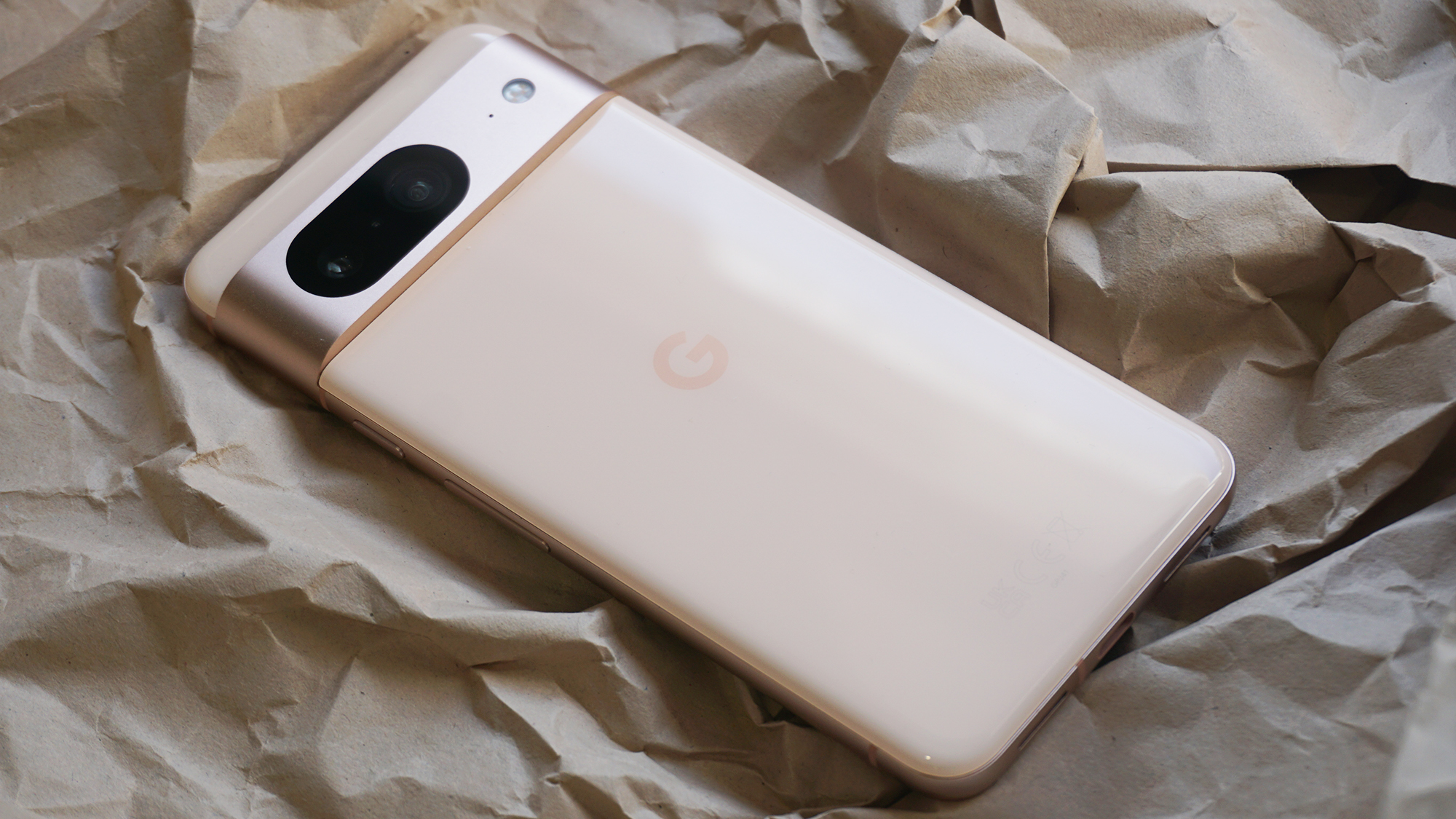
Take a quick glance at either of these phones in isolation, and you might mistake each for the other. It’s only when you look a little closer that the subtle differences start to add up.
Google has developed a distinct design language over the past three iterations of its Pixel line. Both of these phones have that signature width-spanning camera bar, which melds into a rounded aluminum side frame.

Even here there’s one noticeable difference, with the Pixel 8 having a larger and more expressive camera lens cutout.
The rounded split rear glass section is very similar across these two phones, though the Pixel 8 has more rounded corners than its predecessor. It makes the newer phone feel softer and more approachable.
The Pixel 8 is also better for one-handed use, and that’s because it’s smaller than the Pixel 7. Google’s latest is about 5mm shorter and 1.5mm narrower, and it weighs a whole 10g less. The Pixel 7 is thinner, but only by 0.2mm.
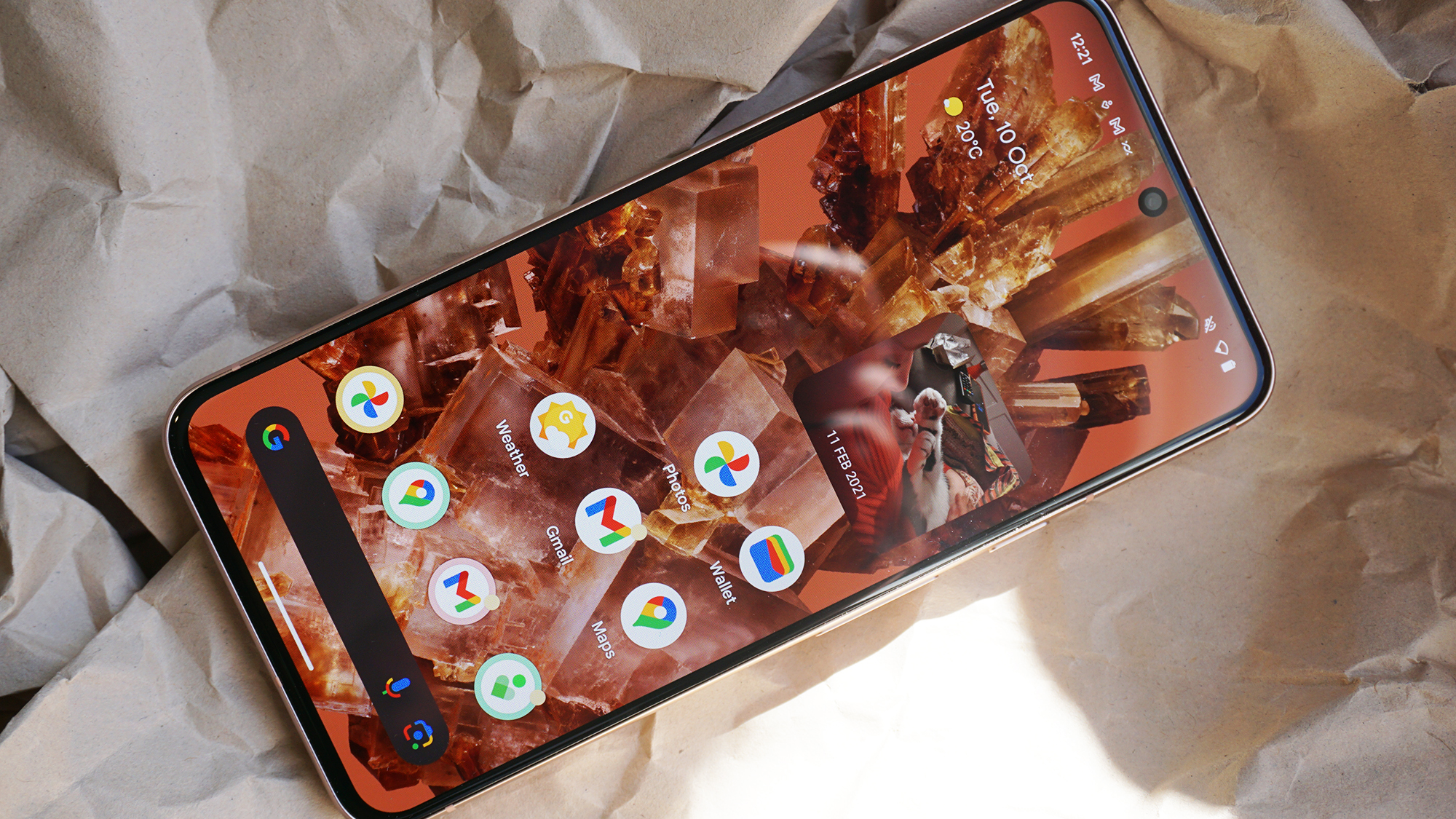
One byproduct (or possibly cause) of this shrinking process is a smaller display. While the Pixel 7 gave you a 6.3-inch screen, the Pixel 8 gives you a 6.2-inch panel.
Both are punchy OLEDs with an identical 1080 x 2400 (Full HD+) resolution, but the Pixel 8 increases the peak refresh rate to 120Hz. It’s a flagship-level spec after the Pixel 7’s halfway house 90Hz refresh rate.
Another area where the Pixel 8 screen earns its upgrade status is with its peak brightness, which stretches right up to an impressive 2,000 nits. The Pixel 7 can only manage 1,400 nits.
All in all, the Pixel 8’s design and display essentially represent a more refined take on the Pixel 7 formula. The differences aren’t huge, but they make the Pixel 8 more worthy of the flagship moniker than its predecessor.
Google Pixel 8 vs Google Pixel 7: cameras

Google hasn’t changed things up much in the camera hardware department. Both of these phones give you 1/1.31-inch 50MP main sensors with dual pixel PDAF (phase detection autofocus), laser autofocus assistance, and OIS (optical image stabilization). Both back this spec up with a 1/2.9-inch 12MP ultra-wide too.
One difference between the main sensors is a slightly wider f/1.7 aperture for the Pixel 8 (vs f/1.9 in the Pixel 7), meaning it lets more light in. Meanwhile, the the Pixel 8’s ultra-wide now supports autofocus, meaning that it gains the macro mode that the Pixel 7 missed out on.
Around front, the Pixel 8 has a slightly different 10.8MP selfie camera, which appears to be lifted from the Pixel 7 Pro, rather than the 10.5MP sensor Pixel 7.
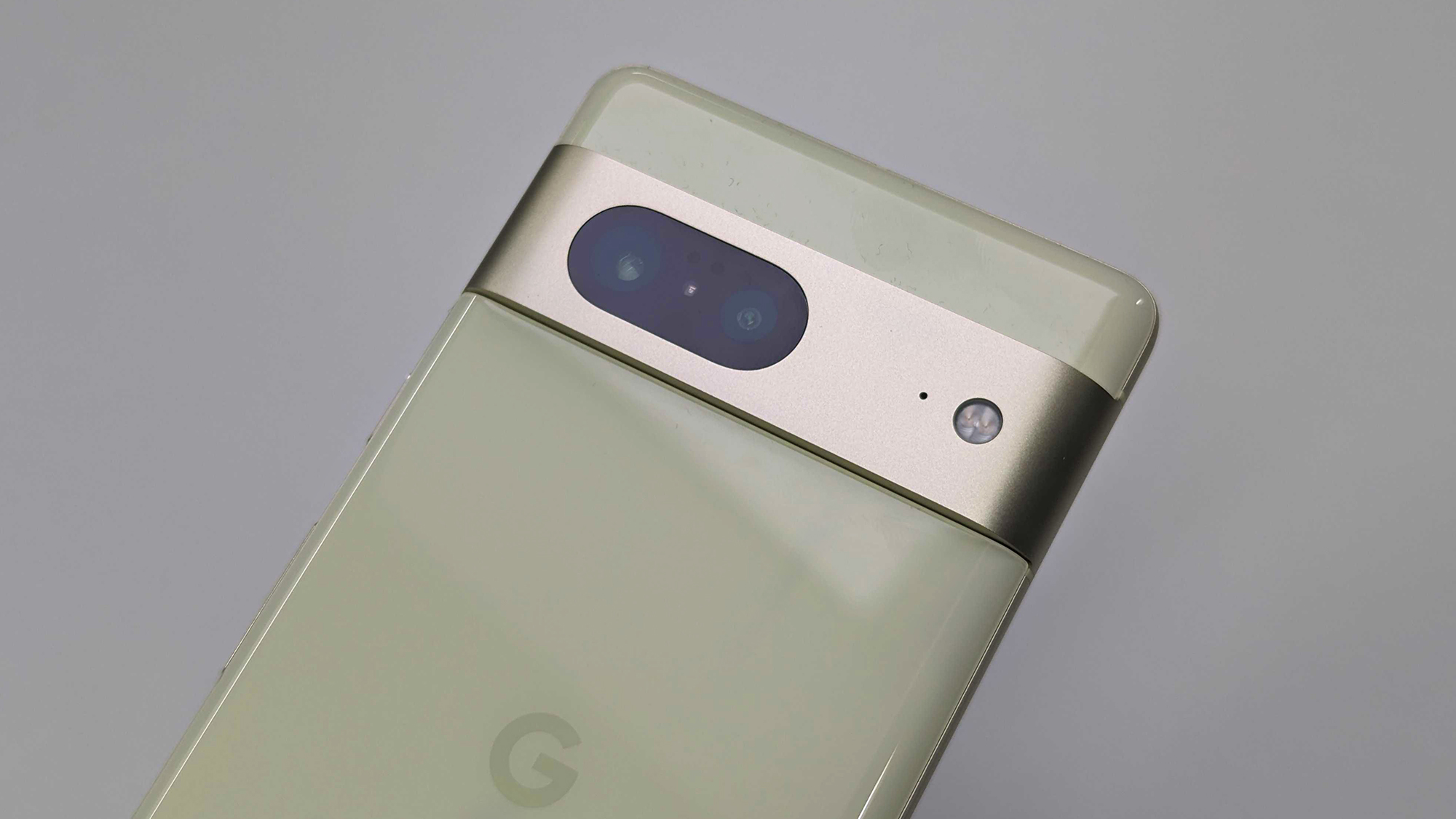
Of course, hardware has never been the key factor in making Pixel phones take such great pictures. That would be Google’s special photographic sauce, which is a cocktail of advanced algorithms and machine learning tricks, empowered by custom Google silicon.
In this case, the Pixel 8’s more capable Tensor G3 chip results in superior images, though the difference isn’t night and day.
Google Pixel 7 camera samples




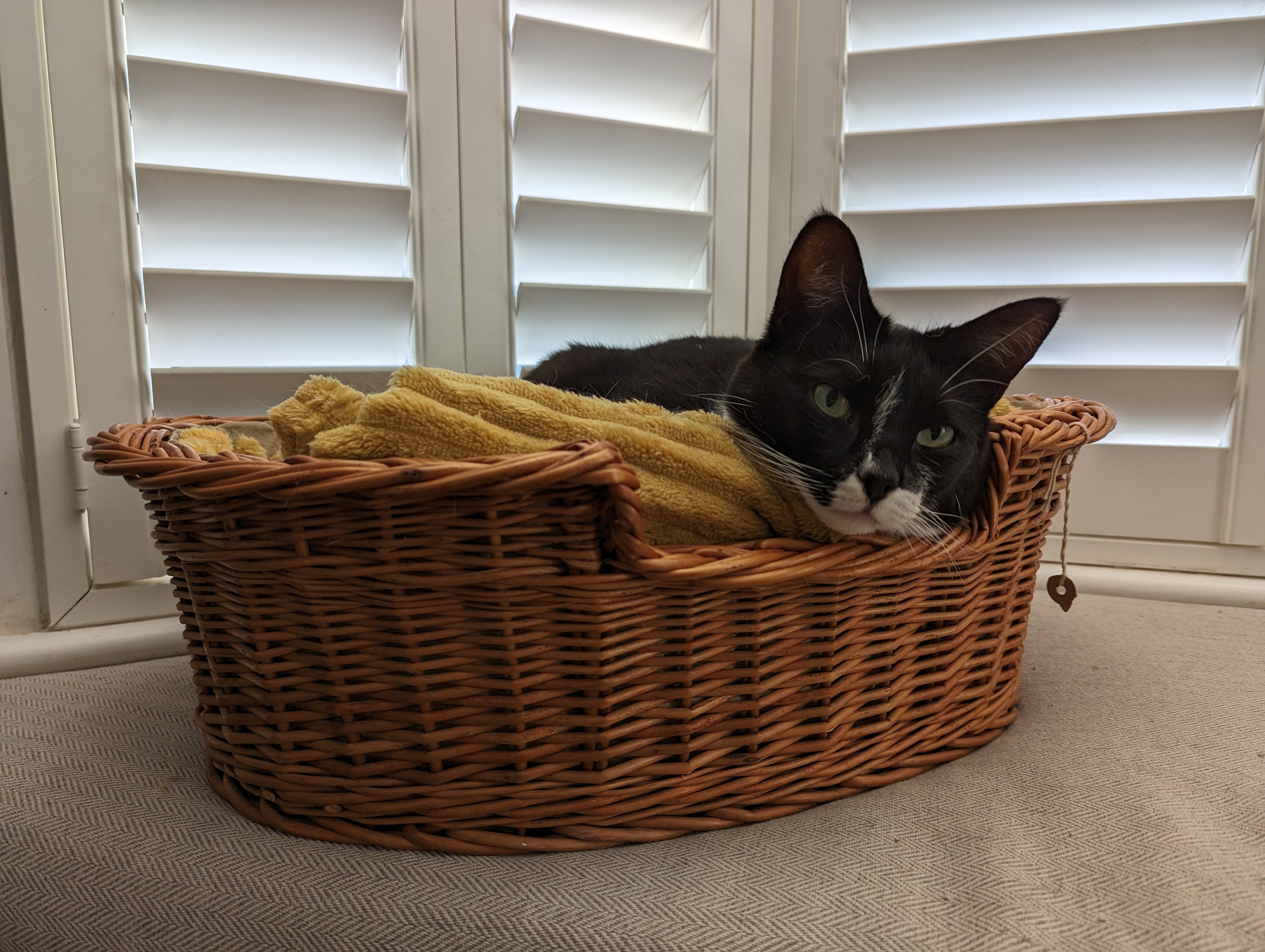



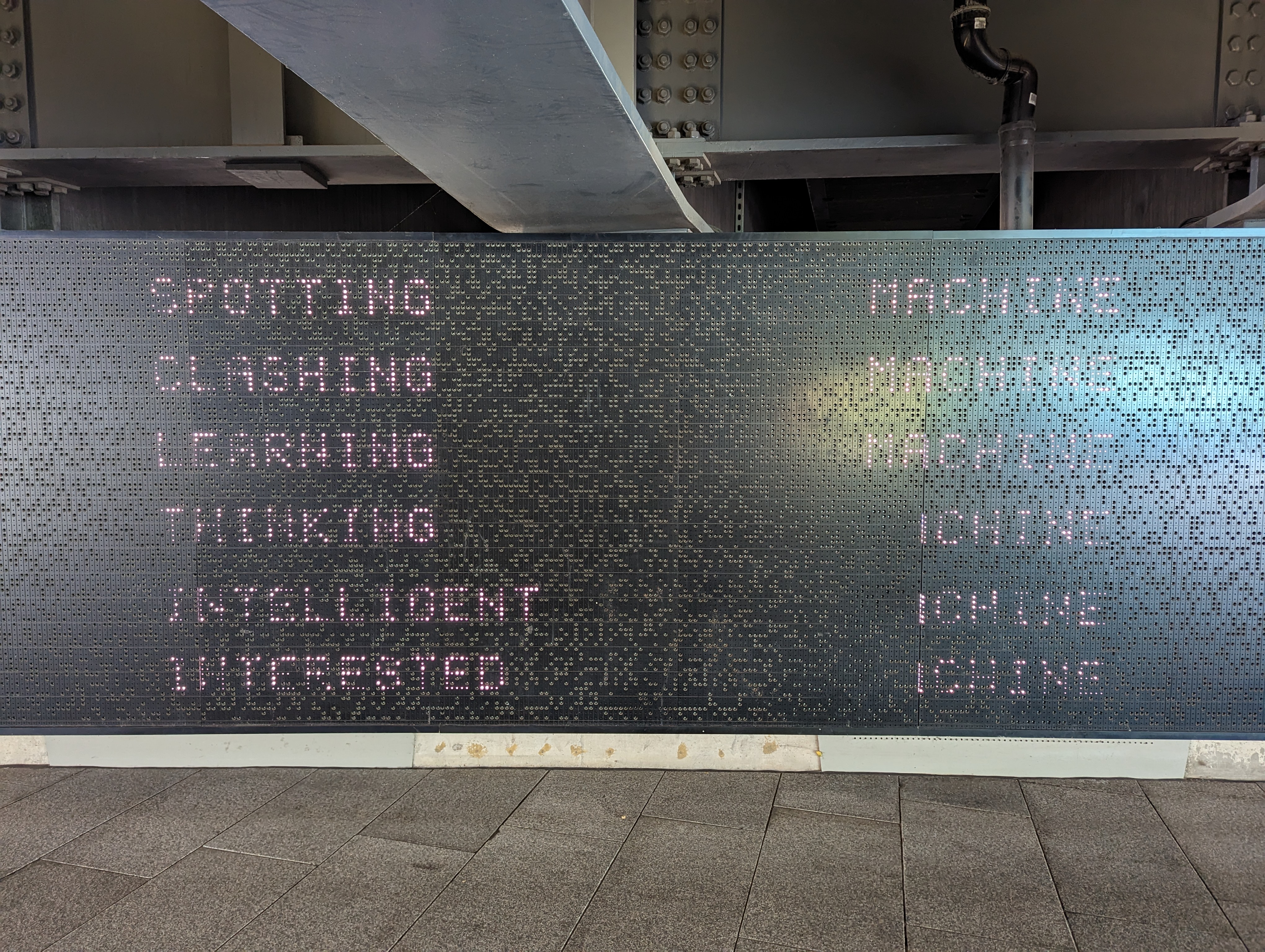

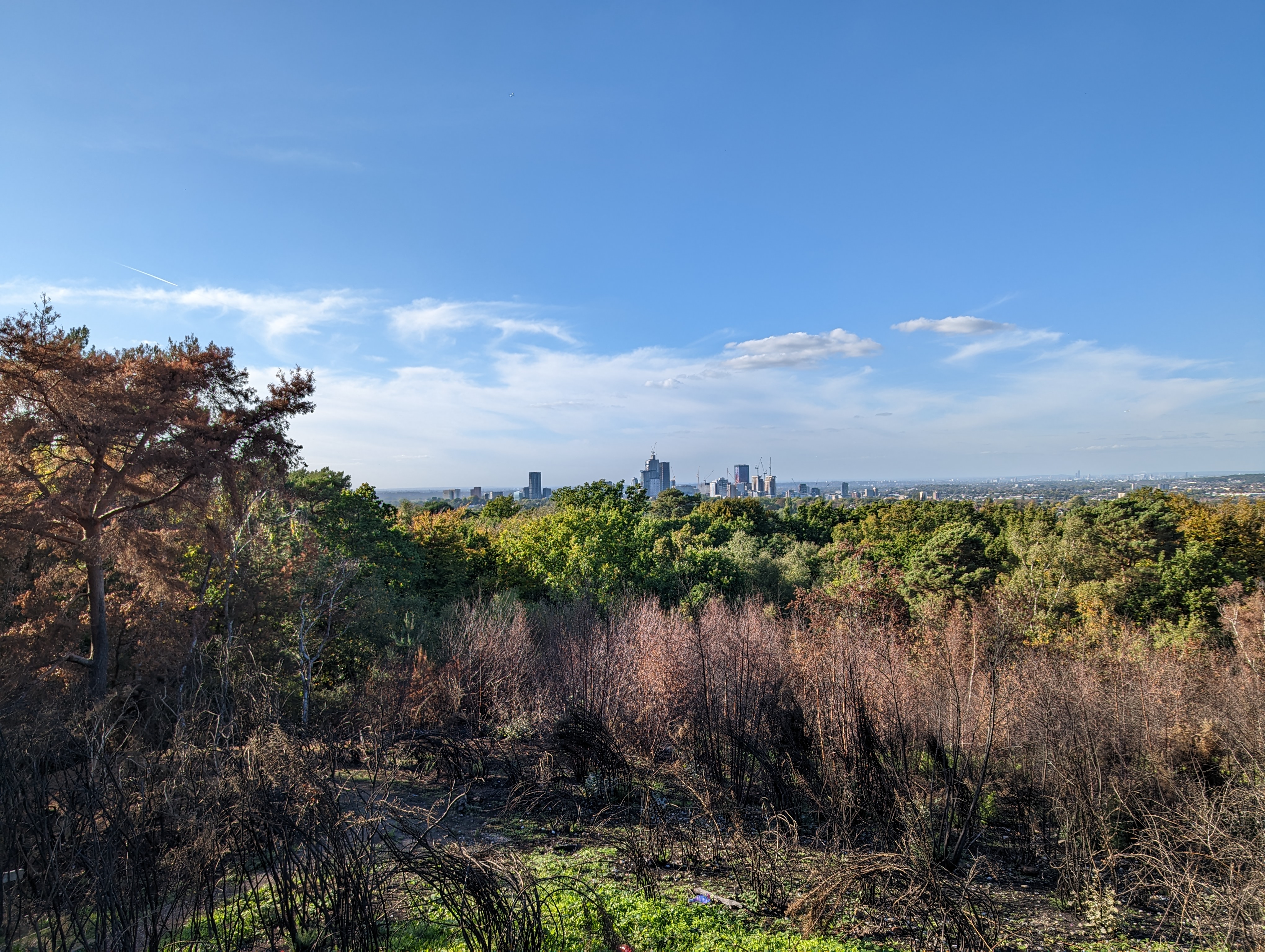

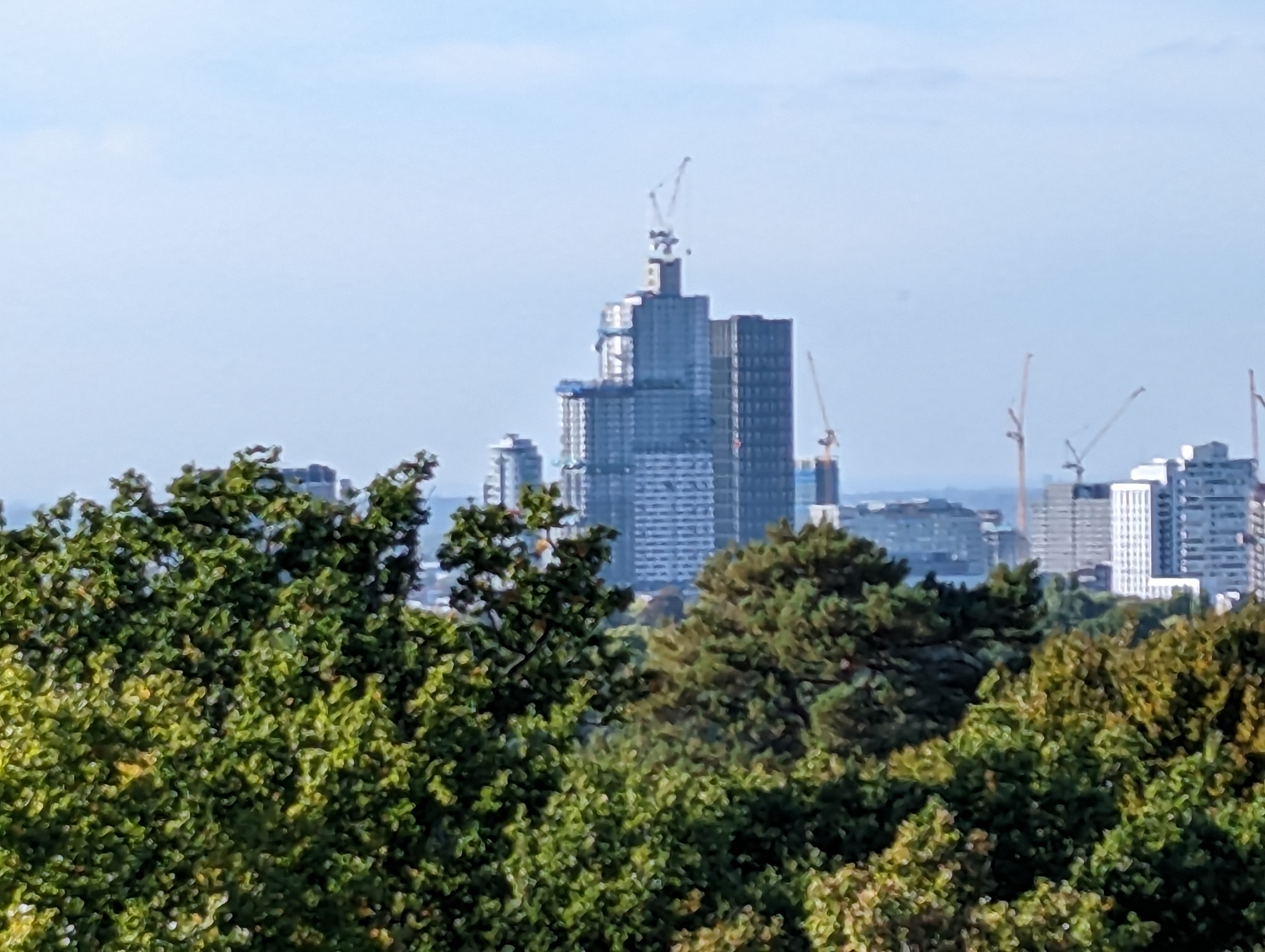


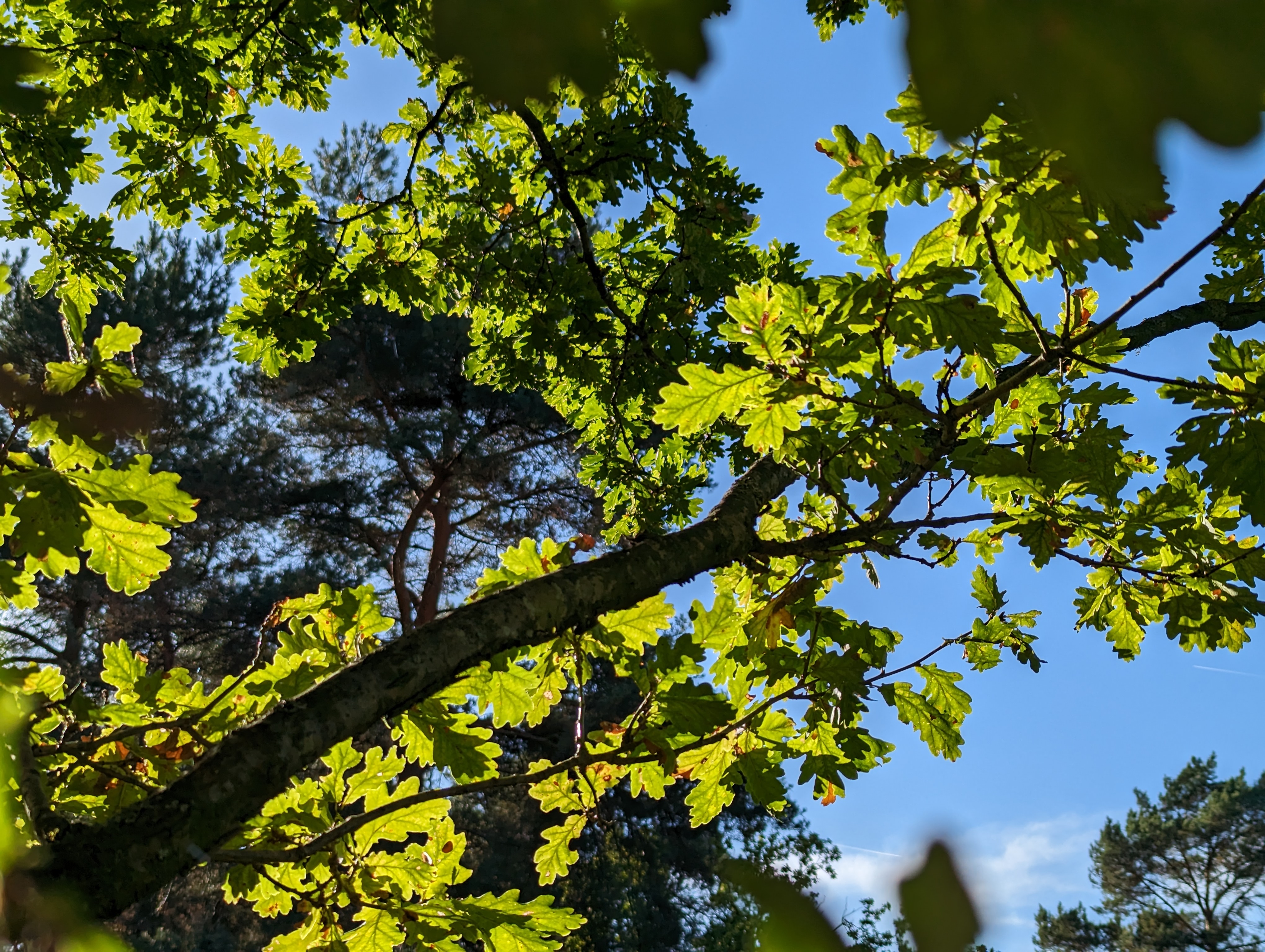

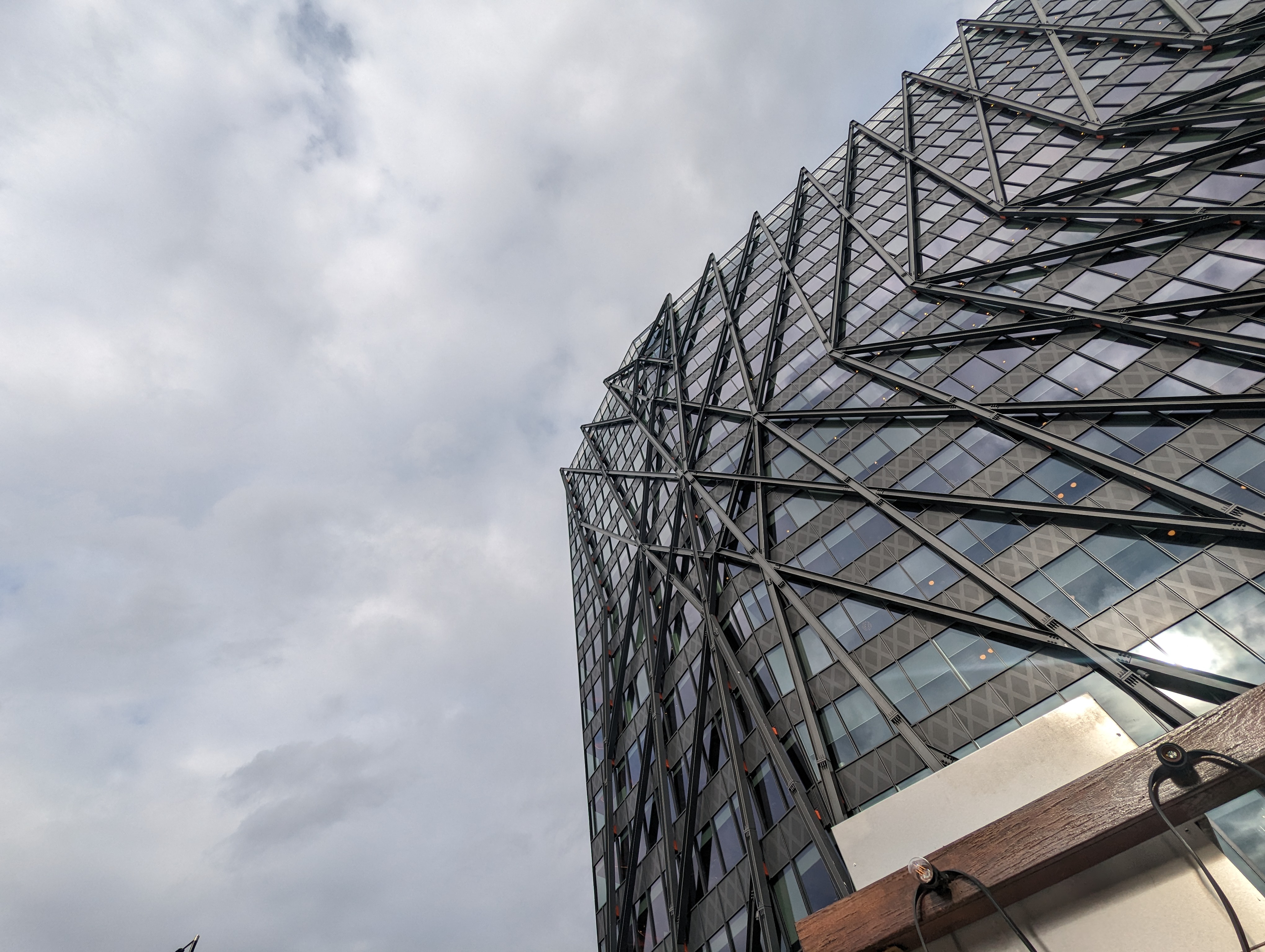
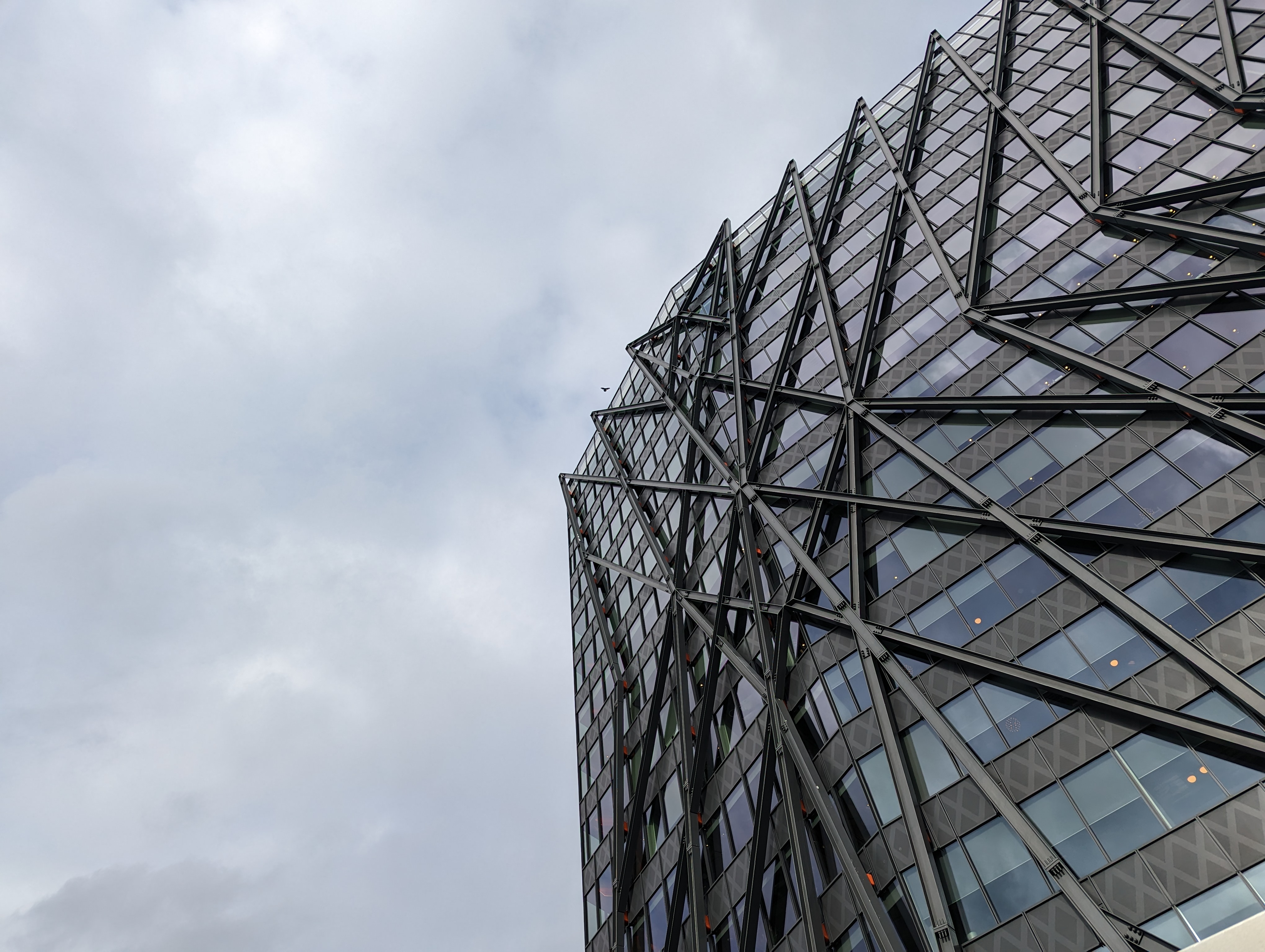
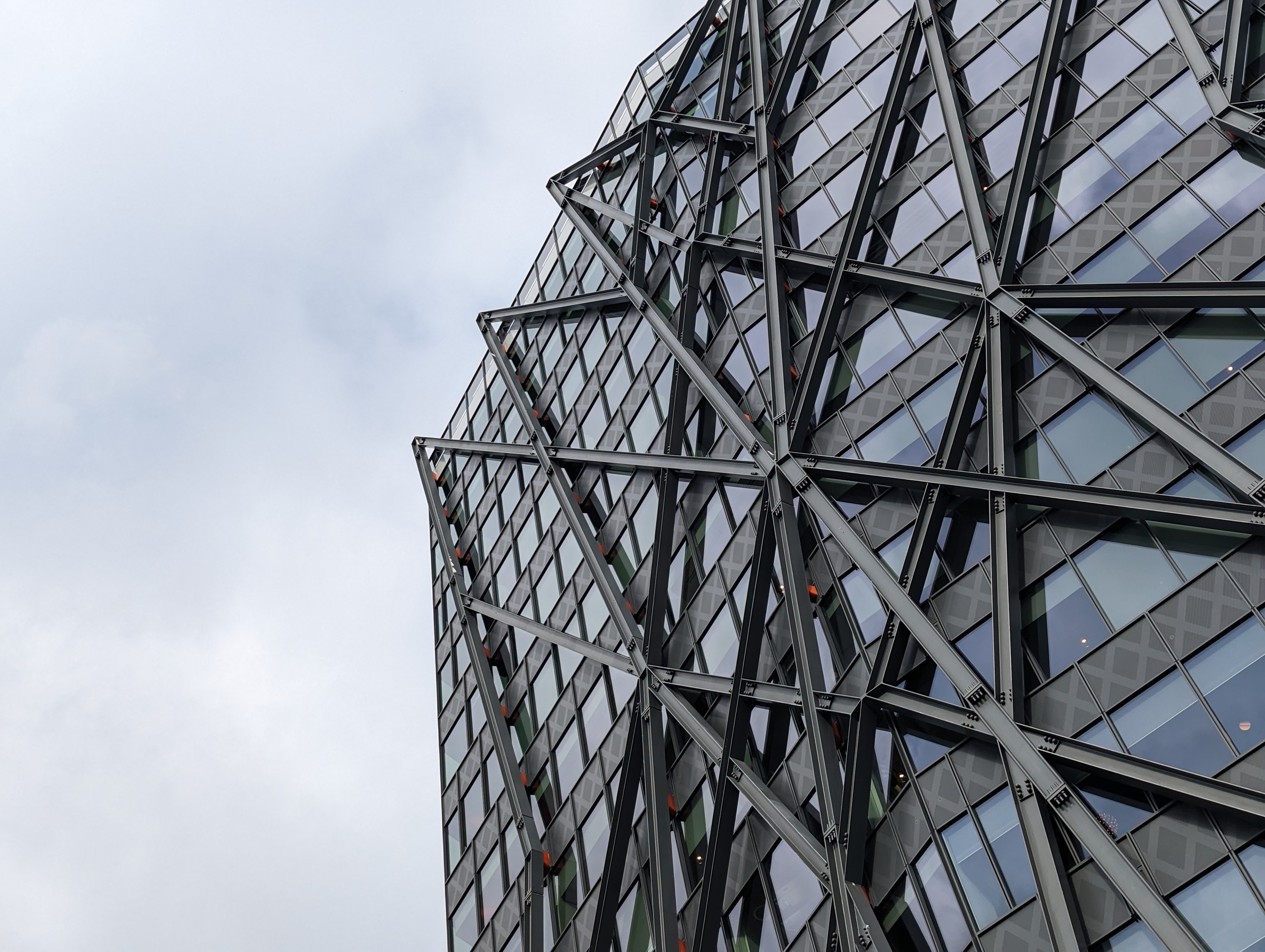
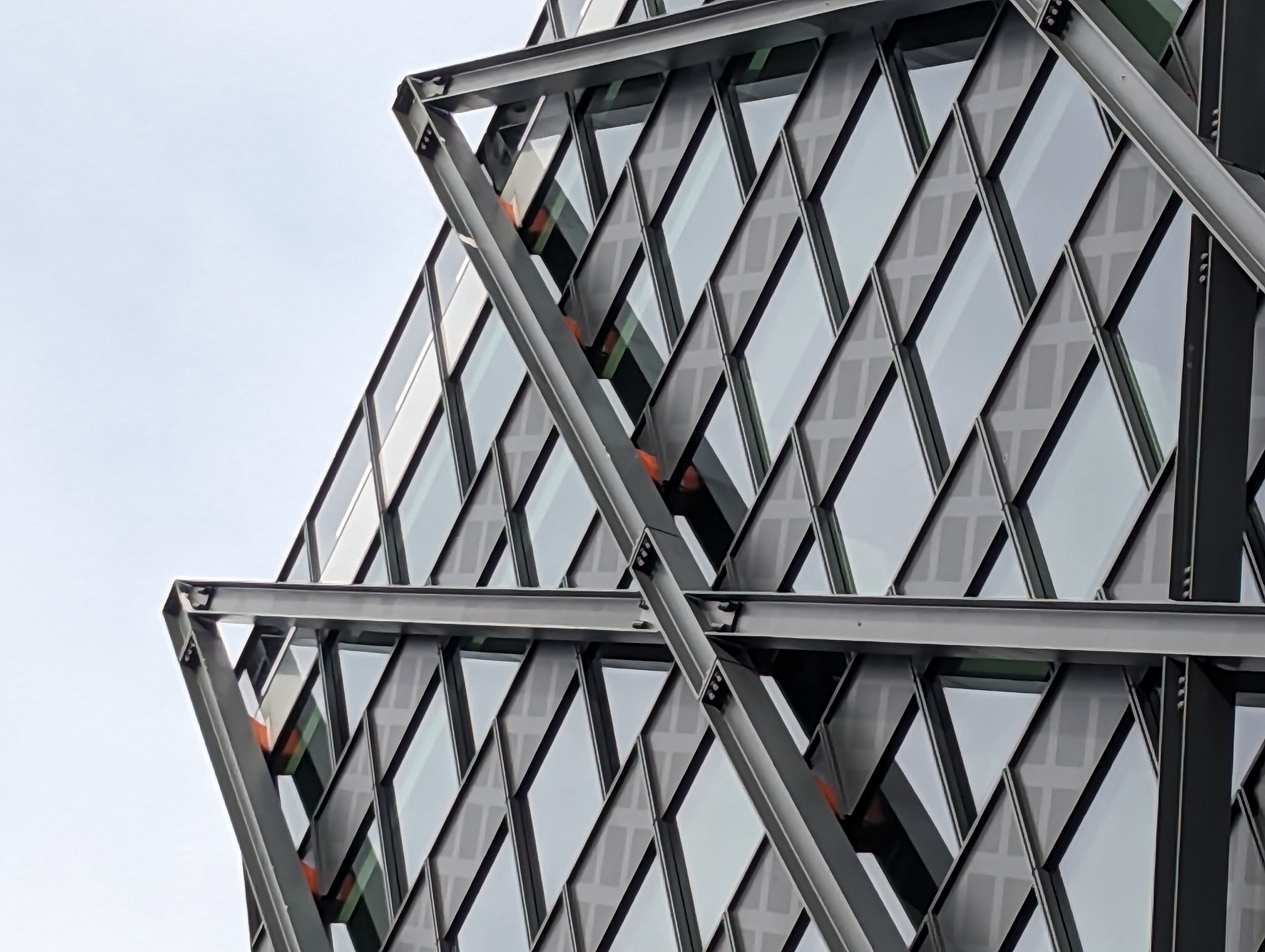





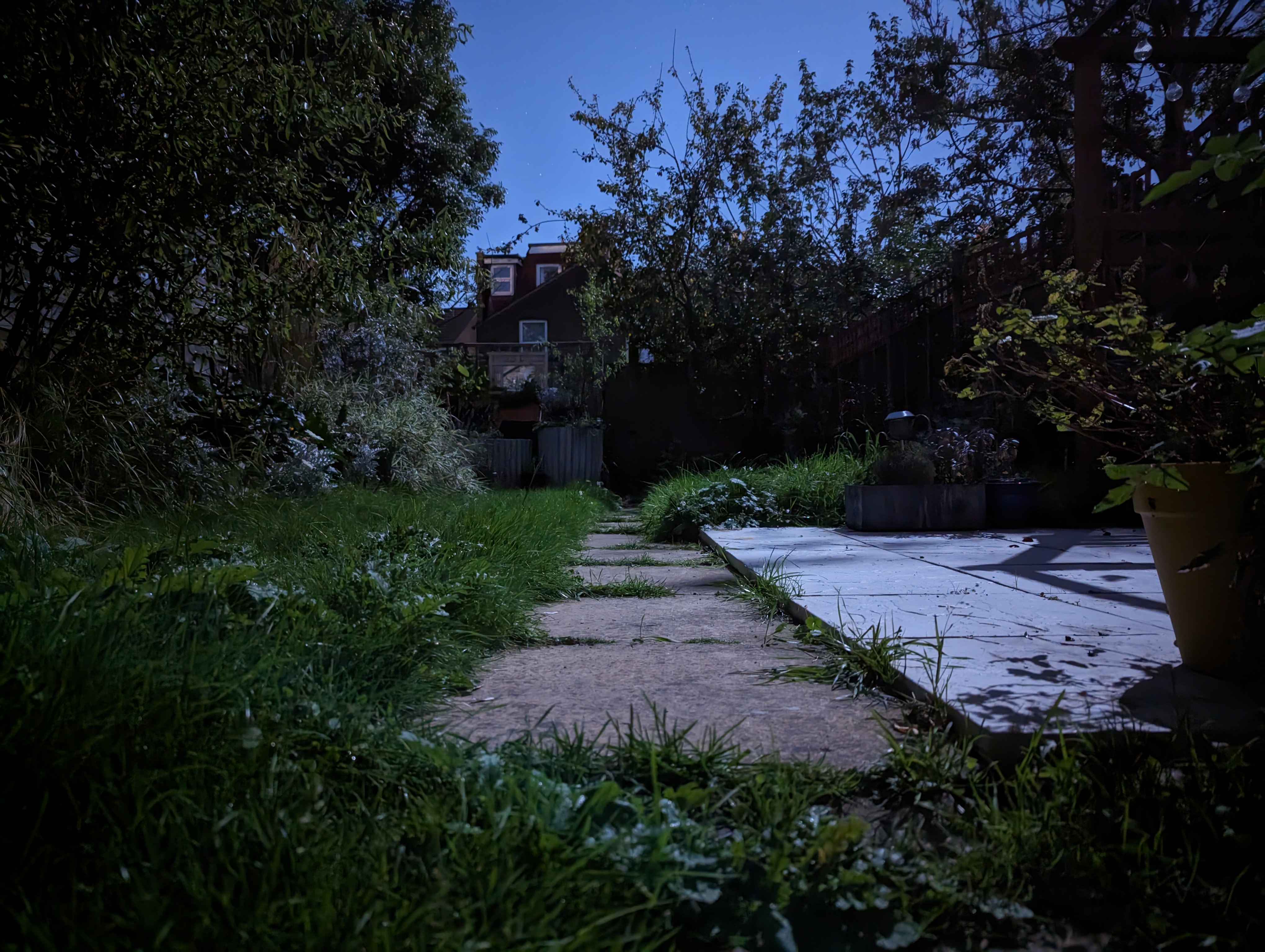








Google Pixel 8 camera samples


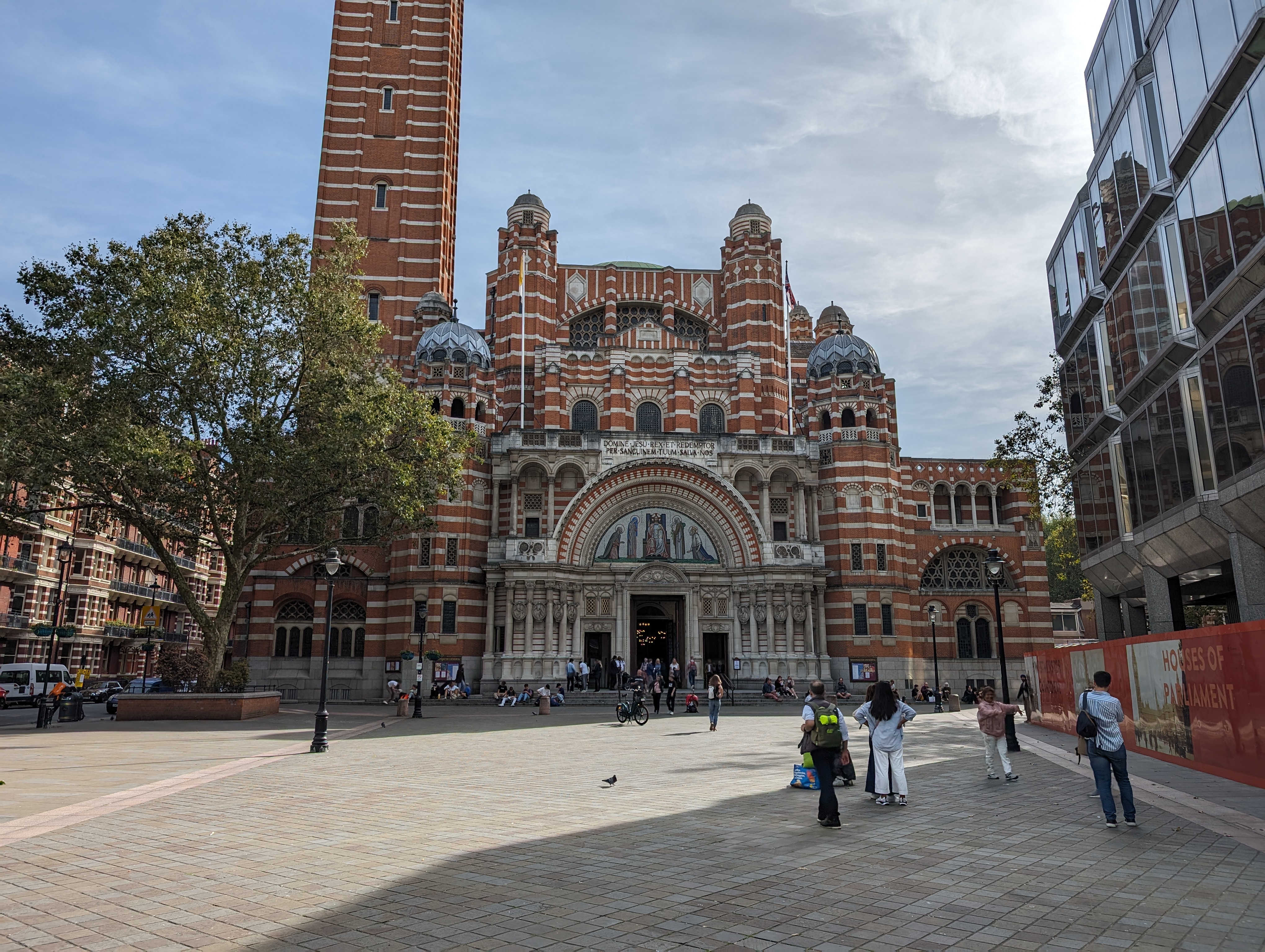

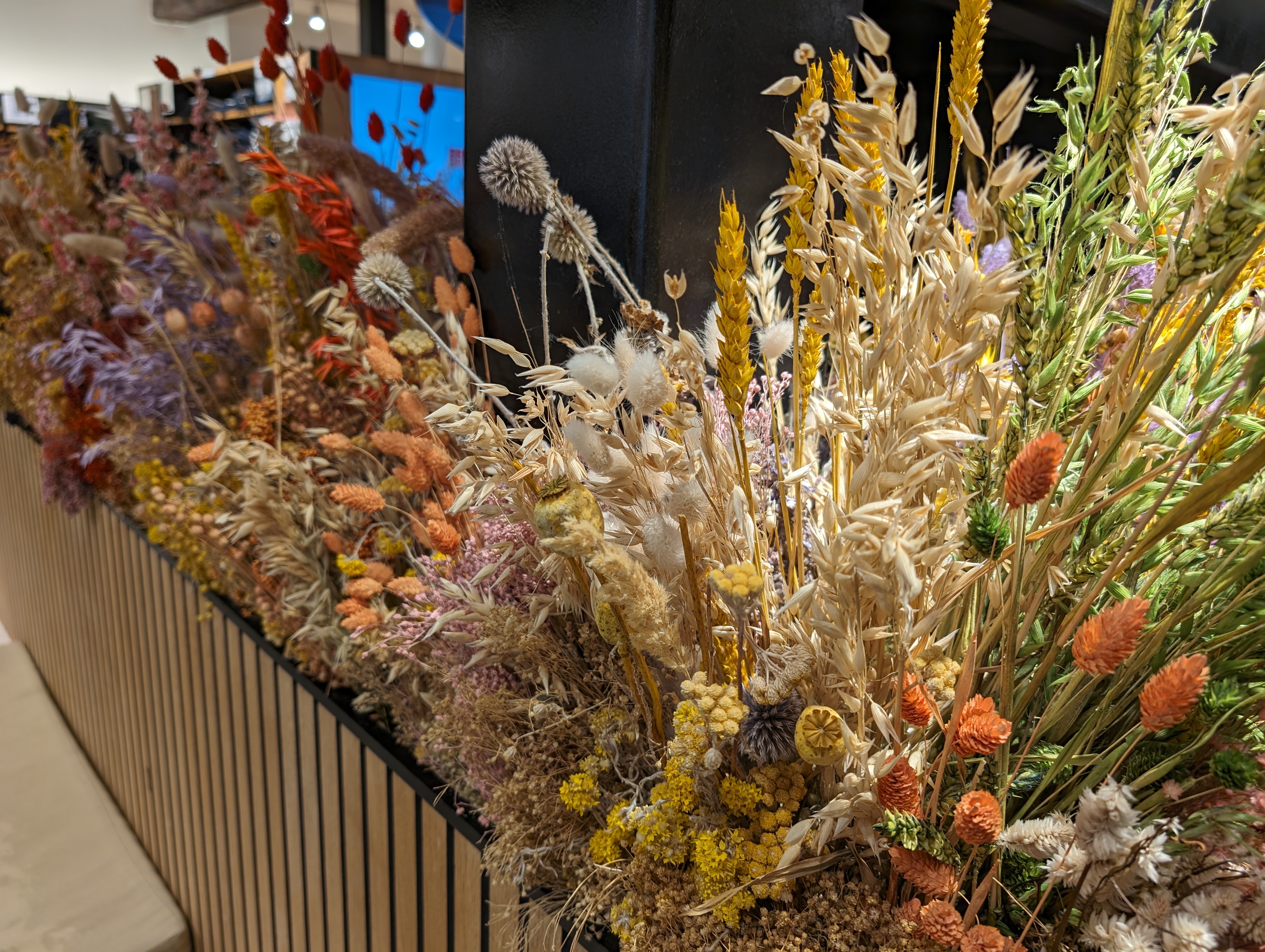
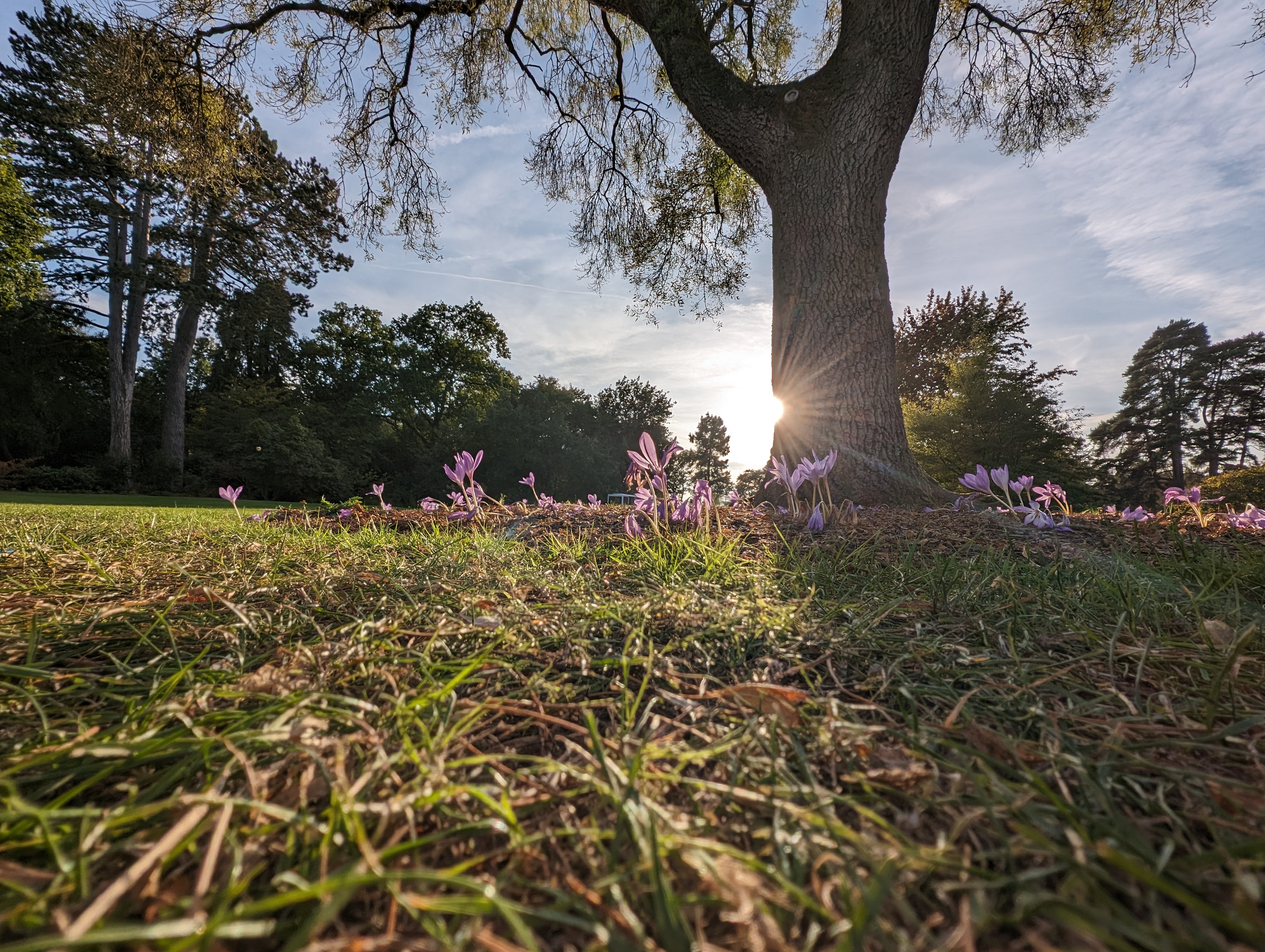
Ultra-wide

Main camera

2x zoom

8x zoom




Portrait mode on main camera

Front camera

Portrait mode on front camera
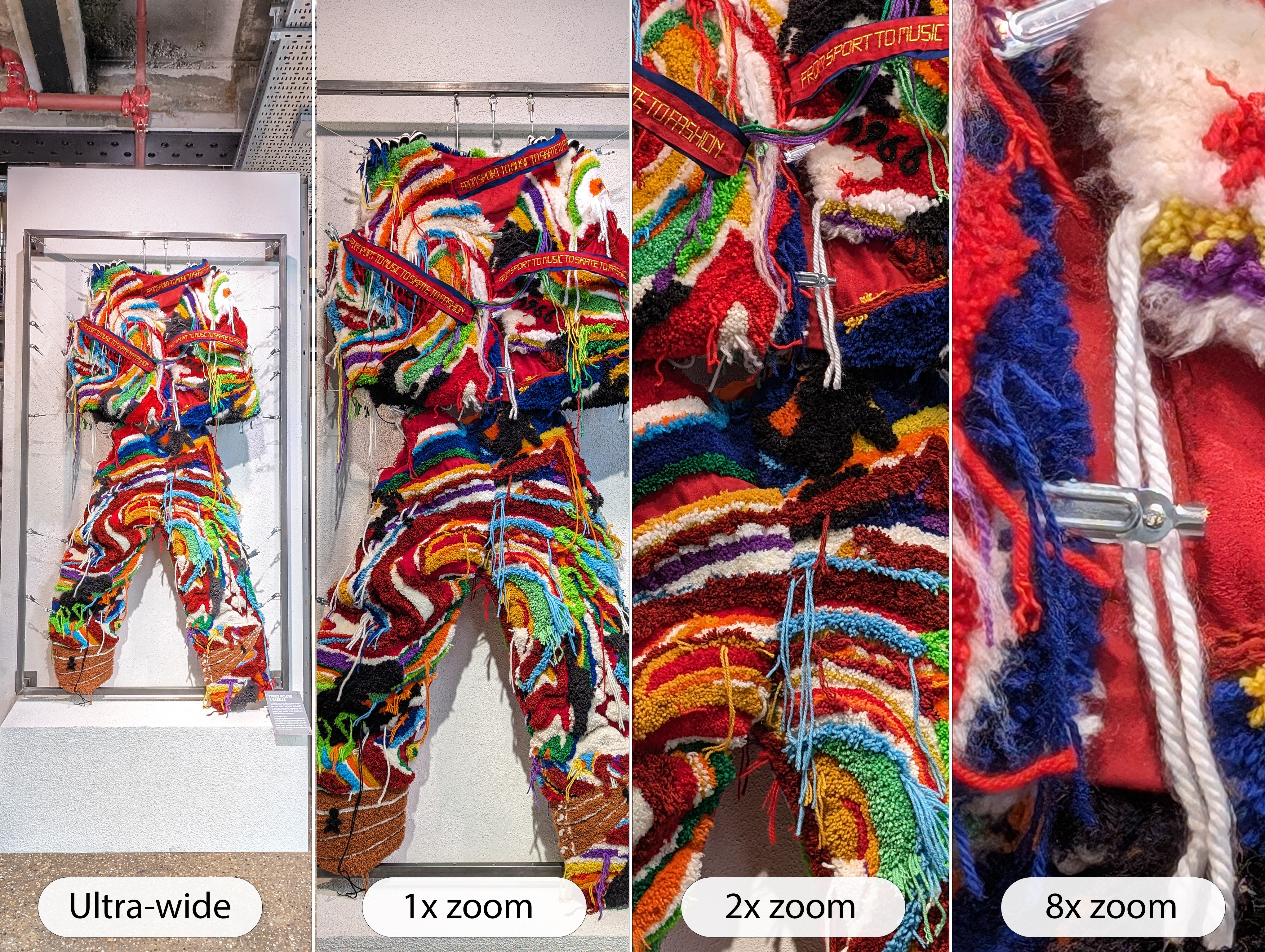

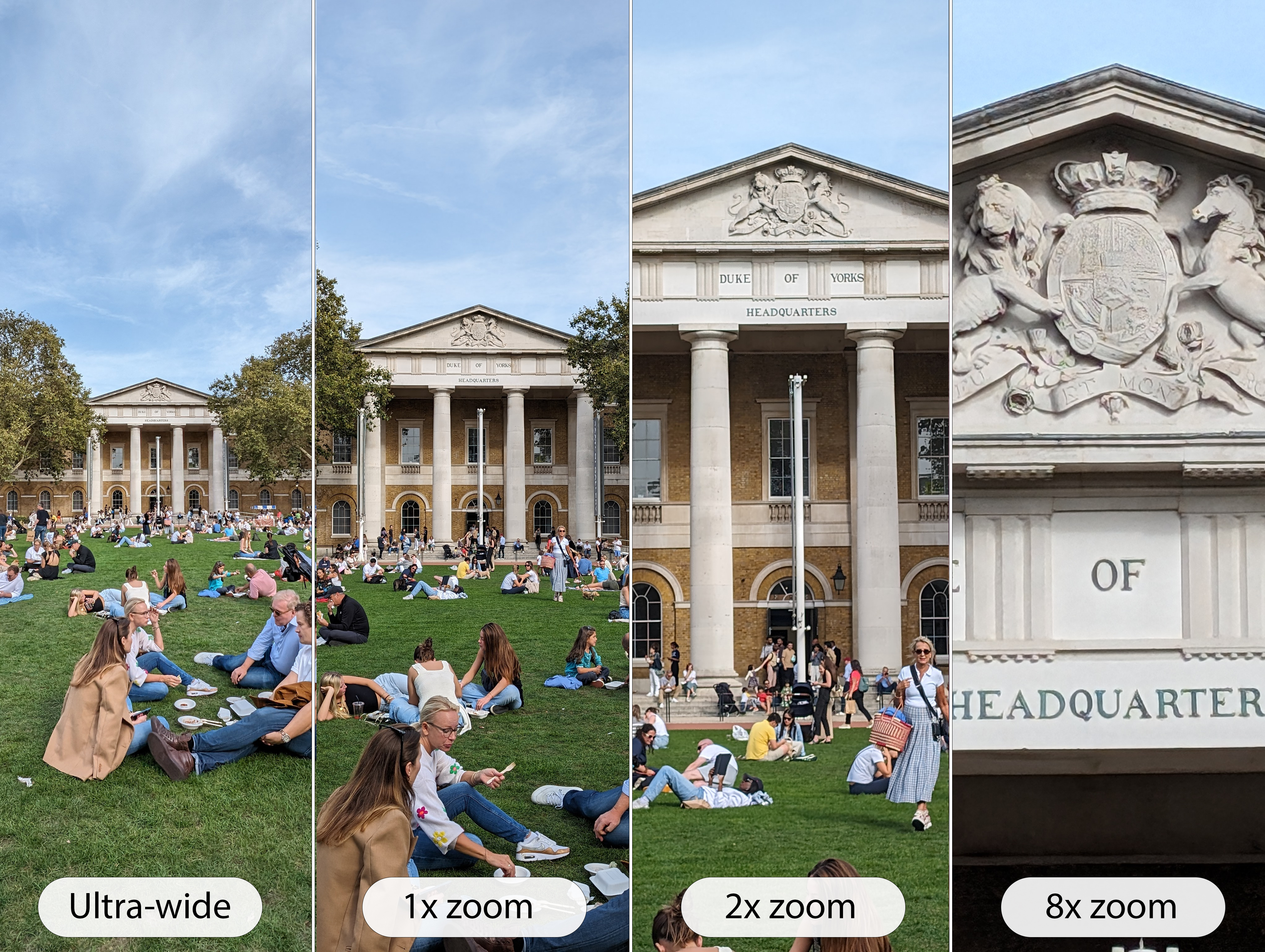

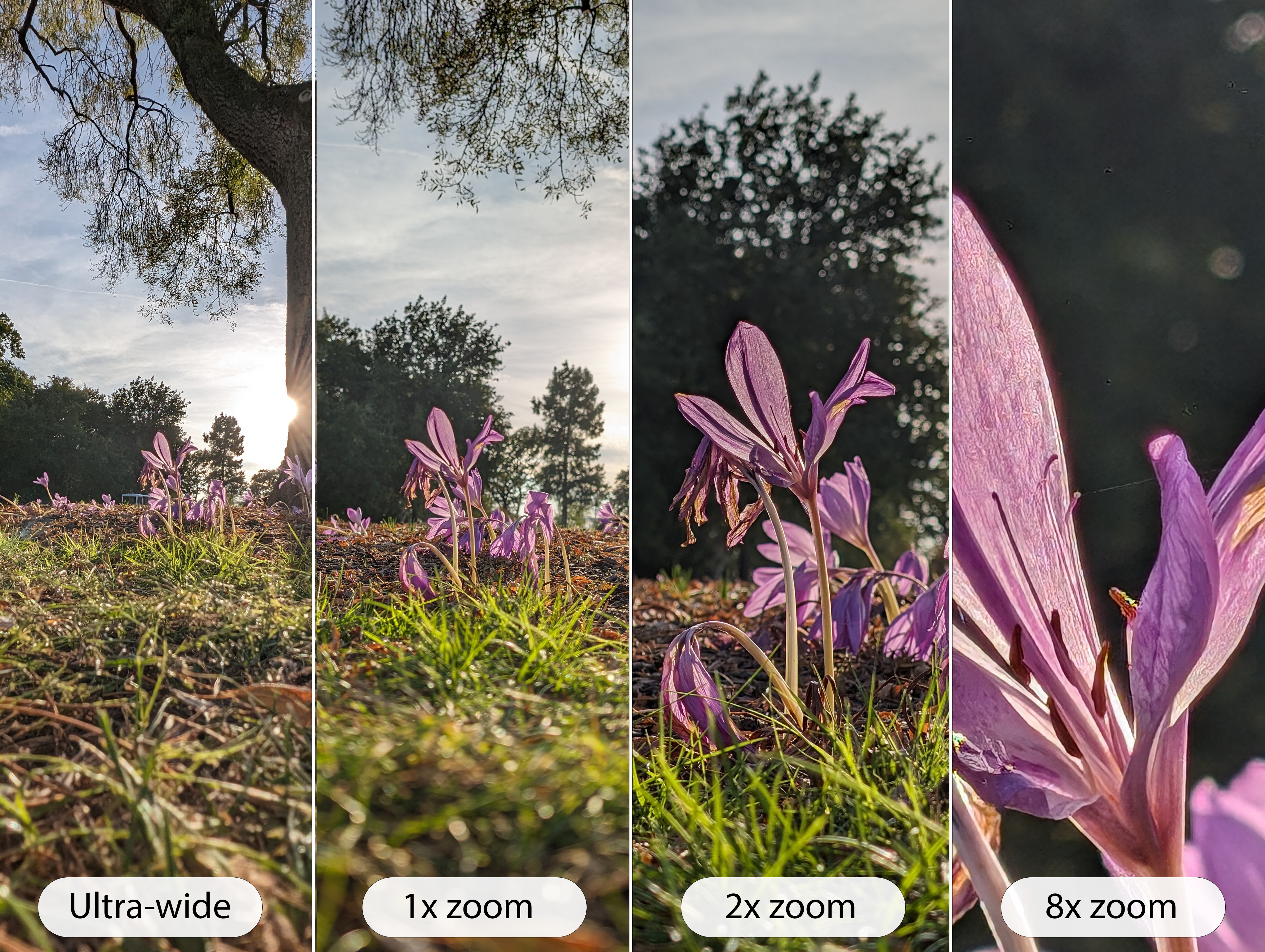
More noticeable is the fresh suite of AI-driven tools that you get out of the box in the Pixel 8. Magic Editor takes the Magic Eraser function further, letting you tap and drag on an item in a photo to move it. Best Take lets you get everyone in a group shot smiling after the shot is taken.
Magic Audio Eraser does what it says, and removes distracting background noise from video recordings too.
We suspect that these functions will come to Pixel 7 eventually, as there’s a heavy cloud computing element to these AI tricks. But with the Pixel 8, you don’t need to wait.
Google Pixel 8 vs Google Pixel 7: performance and software

Both of these phones run on home-brewed Google chips developed in collaboration with Samsung, backed by the same 8GB of RAM.
Neither the Pixel 7’s Tensor G2 nor the Pixel 8’s Tensor G3 are top-level performers, with Qualcomm’s recent off-the-shelf Snapdragon 8-series and Apple’s A-series chips handing out a hiding.
Relatively speaking, the Pixel 8’s Tensor G3 is clearly the better performer, with benchmarking tests across the board showing a win for the the newer chip. There isn’t an awful lot in it, though. Google’s point of comparison when announcing the Tensor G3 was the Pixel 6 and its Tensor G1, which is perhaps telling.
With all that said, both the Pixel 7 and the Pixel 8 are strong performers, and are capable of handling even high-end 3D games smoothly.
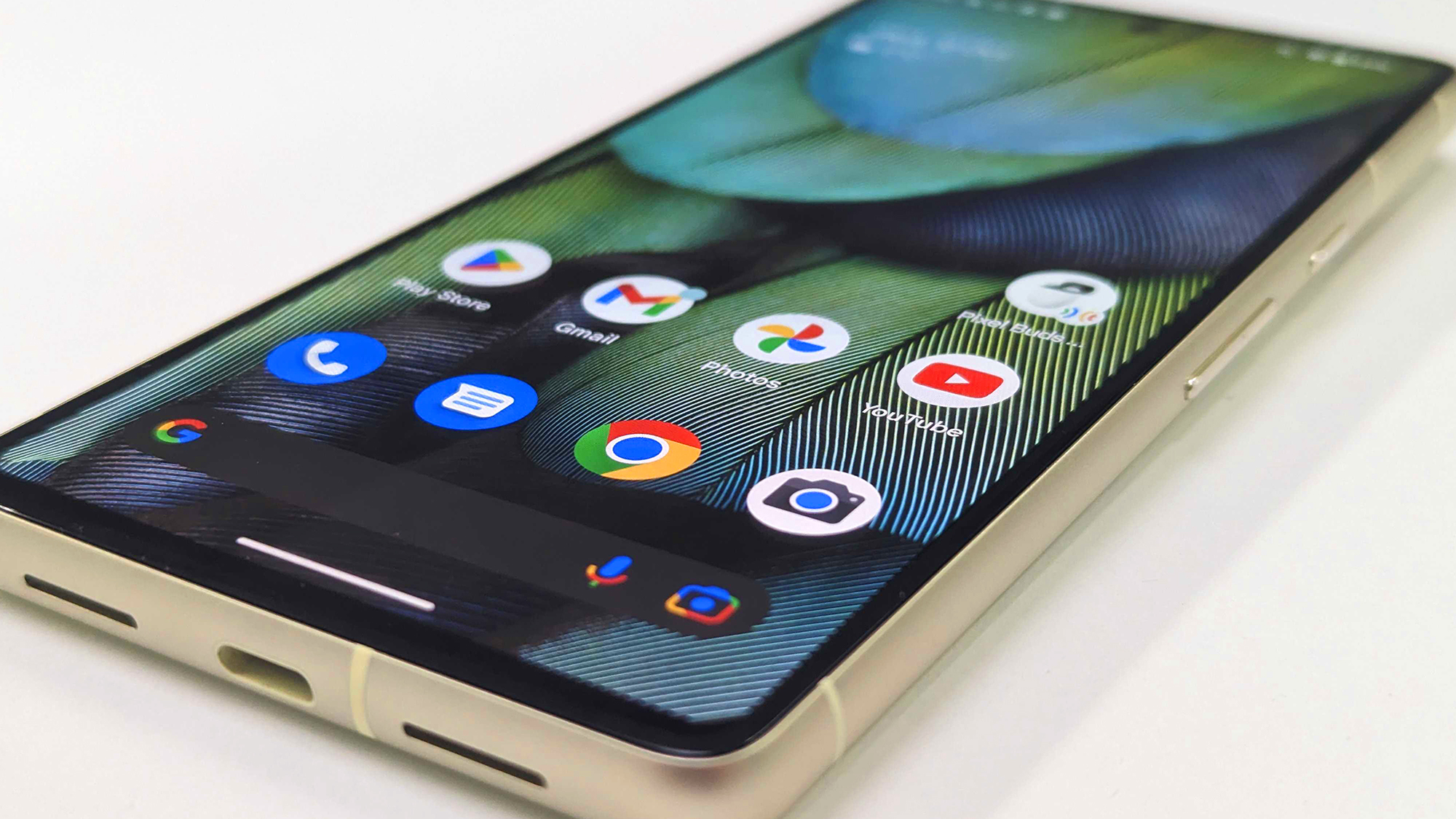
In both instances, Google’s focus is on AI smarts rather than CPU or GPU horsepower. Both phones support real-time video transcription and translation, as well as those clever Magic Eraser camera tricks.
Obviously, both phones support exactly the same near-stock Android software, which is among the most pleasant mobile UIs to use. There is one important distinguishing factor here though – legacy support.
With the Pixel 8, Google introduced an eyebrow-raising seven-year guarantee, meaning the phone will still be receiving new Android versions up until 2030. The Pixel 7 has only been promised updates until 2025.
We’re looking at a nigh-on identical software experience here, then, but the Pixel 8 has a far brighter future.
Google Pixel 8 vs Google Pixel 7: battery
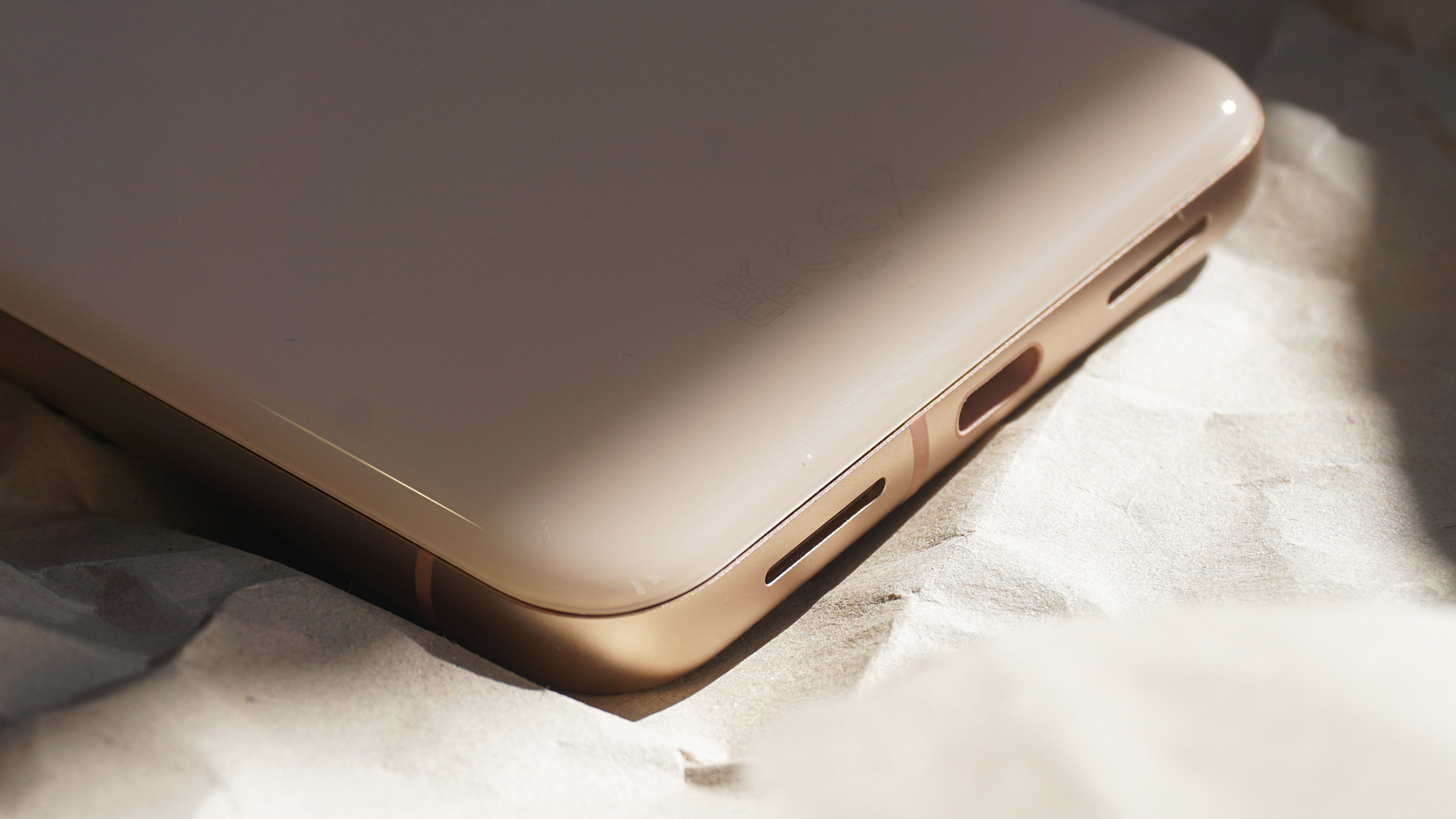
The Pixel 8 might be smaller than the Pixel 7, but its battery is bigger. True, at 4,575mAh it isn’t a huge advantage over the 4,355mAh Pixel 7 cell, but every little helps.
With that extra capacity and its more efficient Tensor G3 processor, the Pixel 8 would appear to have a stamina advantage here. Remember, though, that it also has to drive a brighter and more fluid display.
Ultimately, these two phones enjoy similar levels of stamina, and are both capable of getting through a full day of fairly heavy usage on a single charge.
Neither enjoys the fastest charging speeds, with 27W maximum wired charging support and 18W wireless (with the latest Pixel Stand accessory) for the Pixel 8 and 20W wired charging with (oddly faster) 20W wireless charging (when paired with the 2nd-gen Pixel Stand) for the Pixel 7. Both wired charging provisions should get you to 50% in around 30 minutes and based on our experiences the 8 reached 54% charge after 30 minutes, while the 7 trailed behind at 47%.
Google Pixel 8 vs Google Pixel 7: verdict

The Google Pixel 8 is an undoubted upgrade on the Pixel 7, though the improvements range from the considerable to the minor.
It’s a smaller, slightly more refined phone that’s more comfortable to use day to day, and its display is both brighter and more fluid than the older phone’s. On the other hand, the Pixel 8’s performance, battery life, and camera quality aren’t all that much better than the Pixel 7’s.
Still, better is better, and the Pixel 8 clearly beats the Pixel 7 point by point. Google’s seven-year software guarantee is a further bonus for the Pixel 8.
Where things get interesting is when you consider the matter of value. The Pixel 7 had a much lower launch price than the Pixel 8, and now that it’s no longer the newest kid on the block you’ll be able to find it for even cheaper, but at the same time, dividing the cost of the phone based on the number of software updates it's promised in its lifetime actually renders the Pixel 8 as better value.
If money is no object, the Pixel 8 wins comfortably. But the Pixel 7 remains a compelling option and one of the best Pixel phones if you can’t spare the pennies.
For more phone showdowns, check out the Google Pixel 8 vs iPhone 15 Pro Max, Google Pixel 8 vs iPhone 15 Pro and Google Pixel 8 vs Samsung Galaxy S23.

Jon is a freelance journalist who has been covering tech since the dawn of the smartphone era. Besides TechRadar, his words and pictures have appeared in The Telegraph, ShortList, Tech Advisor, Trusted Reviews, Expert Reviews, and more. He largely covers consumer technology, with a particular focus on smartphones and tablets. However, he's also been known to dabble in the worlds of entertainment and video games.